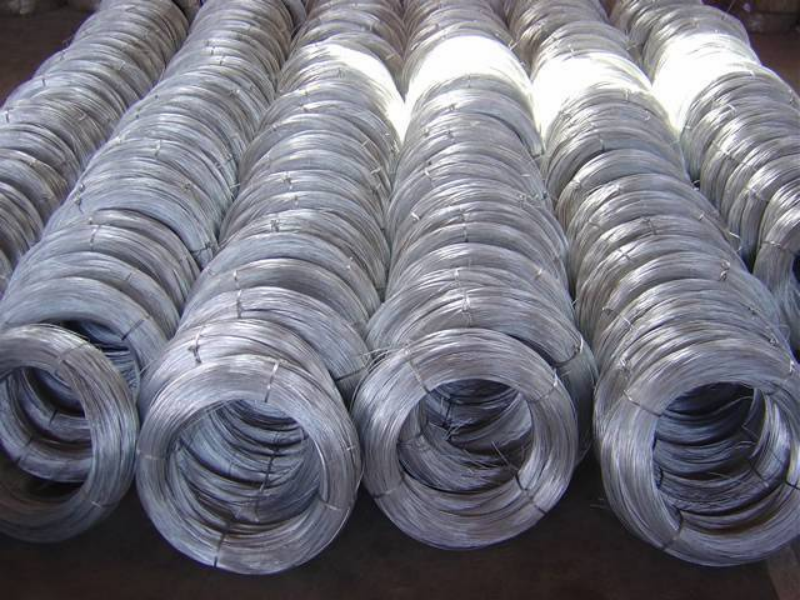
- Mobile Phone
- +8613931874955
- sales@cntcmetal.com
Exploring the Benefits and Applications of Utility Springs in Various Industries and Technologies
Understanding Utility Springs and Their Applications
Utility springs are mechanical components that play a crucial role in a wide variety of applications across different industries. These springs are designed to store energy and absorb shock, making them vital for the proper functioning of many devices and systems. In this article, we will explore the types of utility springs, their applications, and their significance in modern technology.
Types of Utility Springs
Utility springs come in several forms, the most common being compression springs, extension springs, and torsion springs.
1. Compression Springs These are designed to resist axial forces and are typically used in applications where space is limited. They compress when a load is applied and return to their original shape when the load is removed. Compression springs are commonly found in pens, automotive suspensions, and various mechanical assemblies.
2. Extension Springs Unlike compression springs, extension springs are designed to absorb and store energy by being stretched. They are ideal for applications where a pulling force needs to be countered. Extension springs are often used in trampolines, garage doors, and a variety of consumer products, providing necessary tension and support.
3. Torsion Springs These springs store energy when twisted. They are essential in applications where rotational movement is required. Torsion springs are primarily found in clothespins, mouse traps, and even car door hinges, contributing to their functionality and ease of use.
Applications of Utility Springs
Utility springs are critical in numerous sectors, including automotive, aerospace, manufacturing, and consumer electronics.
utility springs

- Automotive Industry In vehicles, utility springs are vital for the suspension system. They help absorb shocks from road irregularities, ensuring a smooth ride while also supporting the weight of the vehicle. Compression springs are often used in shock absorbers to maintain control and stability.
- Aerospace Applications In the aerospace sector, utility springs are employed in various mechanisms, from control systems to landing gear. The reliability and strength of these springs ensure that aircraft operate safely and efficiently under extreme conditions.
- Manufacturing and Industrial Processes In factories, utility springs can be found in machinery and equipment that require consistent force and motion. They are used in assembly lines, conveyor systems, and automated machinery, where precision and durability are essential.
- Consumer Products Everyday items like hair clips, toy mechanisms, and gas springs in office chairs extensively utilize utility springs. Their ability to provide necessary tension and flexibility makes them indispensable in designing functional and ergonomic products.
The Importance of Utility Springs
The significance of utility springs goes beyond mere functionality. They enhance the performance, safety, and longevity of various devices. By effectively absorbing impact, controlling motion, and providing load resistance, these springs contribute to the overall efficiency of mechanical systems.
Furthermore, advancements in materials science and engineering have led to the development of high-performance utility springs that can withstand greater loads and resist fatigue. This innovation is particularly important in designing lightweight and durable systems, especially in the aerospace and automotive industries.
Conclusion
Utility springs are integral to the mechanical world, serving a variety of roles across multiple sectors. Understanding their types, applications, and importance helps appreciate their contribution to designs that enhance our daily lives. As technology continues to evolve, the demand for more efficient and specialized utility springs will likely grow, paving the way for future innovations in mechanical engineering and manufacturing.
share:
-
Your Source for Concrete Wall Ties and Masonry AccessoriesNewsJul.10,2025
-
Unlocking the Power of Iron Wire for Every ProjectNewsJul.10,2025
-
Explore Advanced Chain Wire and Stainless Steel Mesh FencingNewsJul.10,2025
-
Discover the Benefits of Annealed Wire ProductsNewsJul.10,2025
-
Discover China Stainless Steel Wire Mesh SolutionsNewsJul.10,2025
-
Build with Confidence Using High-Performance Masonry AccessoriesNewsJul.10,2025
-
Why Sacrificial Formwork Is Redefining Underground ConstructionNewsJun.06,2025



















